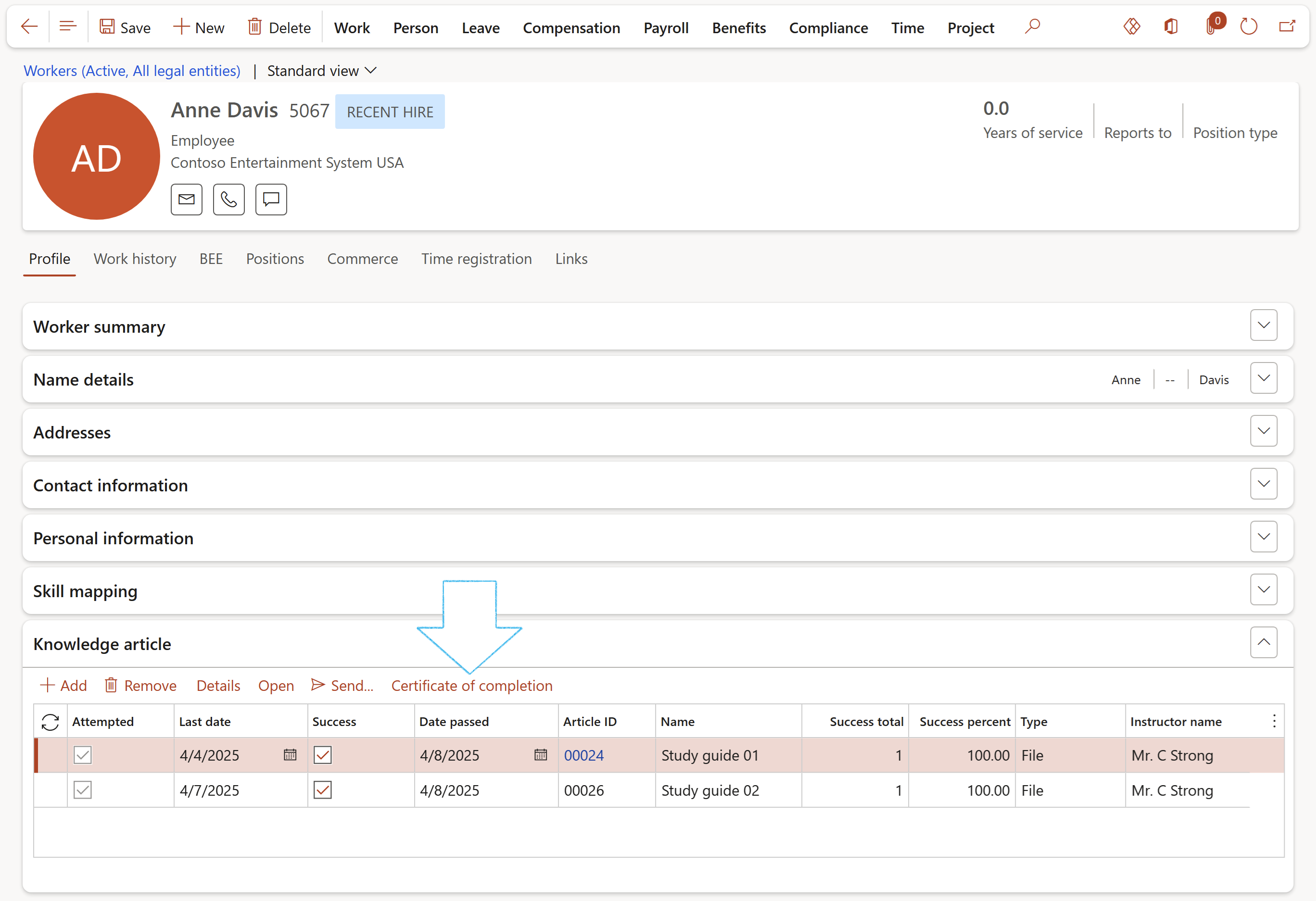
¶ Introduction
Worker training involves ensuring contractors are properly trained and competent, focusing on safety, legal compliance, and effective project execution, often through specialized training programs and ongoing monitoring.
- Safety: Contractors working on your premises or site pose a risk, and proper training ensures they are aware of hazards and procedures to minimize accidents.
- Legal Compliance: There are legal obligations to ensure the safety and well-being of contractors, and training helps meet these requirements.
- Project Success: Competent contractors are more likely to deliver projects on time, within budget, and to the required quality standards.
- Reduced Risk: Effective training helps mitigate risks associated with contractor work, including safety incidents, delays, and cost overruns.
- Training needs assessment: Identify the specific skills and knowledge required for the type of work contractors will be performing.
- Training program development: Design and deliver training programs that address the identified needs, including safety protocols, site-specific instructions, and relevant industry standards.
Choose appropriate training methods, such as online courses, classroom instruction, or on-the-job training, depending on the needs and context. Also consider:
- Monitoring and Evaluation: Track contractor training completion and assess the effectiveness of the training programs to ensure continuous improvement.
- Communication: Establish clear communication channels between the client and contractors to ensure everyone is aware of safety procedures and project requirement
It is good practice to keep records of safety training provided to workers and visitors as an essential element of an effective training system. The records should indicate:
- what the training was about
- who received the training
- when it was provided
- who or how the training was provided.
It is recommended that copies of course content and assessment tools, as well as specific assessment records should be kept showing that the business has complied with the regulations. Records may be kept electronically and should be made available to employees and regulators. The records should be kept as long as the worker is engaged by the business.
¶ Navigation
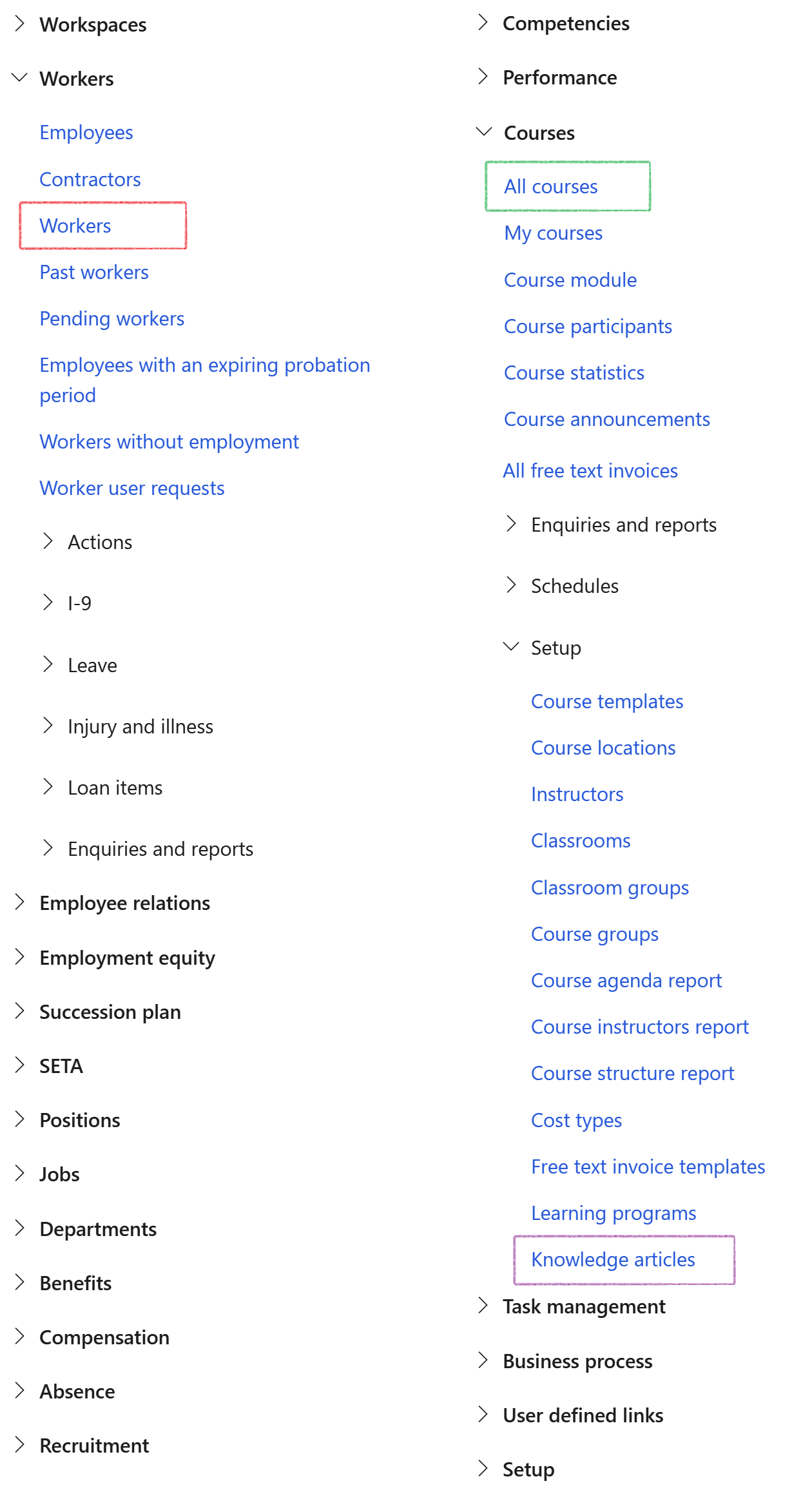
¶ Specific setups
¶ Step 1: Number sequence
A Number sequence must be setup for Cases and for Knowledge articles
Go to: Organisation administration > Number sequences > Number sequences
- In the Action pane, in the New group, click on the Number sequence button
- Under the Identification Fast tab:
- Enter a Number sequence code
- Enter a Name for the number sequence
- Under the Scope parameters Fast tab:
- In the Scope field, select Company from the dropdown list
- In the Company field, select the relevant Company from the dropdown list
- Under the Segments Fast tab:
- Click on the Add button and add the relevant lines
- In the Action pane, in the New group, click on the Generate Button
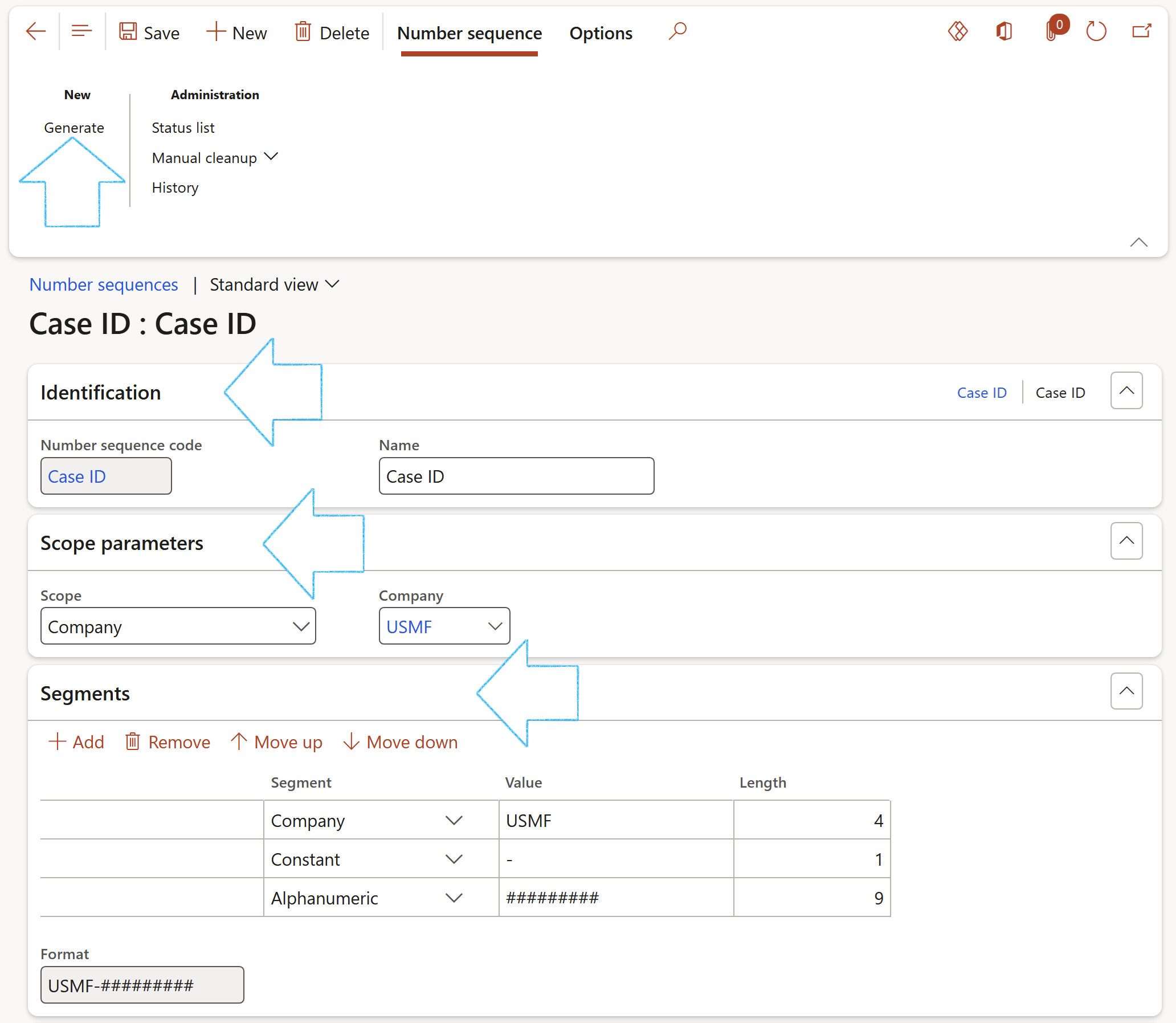
¶ Step 2: Knowledge articles
Start creating a few documents (knowledge articles) and URLs and place them into folders that make logical sense for you. Note that it is possible to drag’n’drop documents. The folder structure will not impact the use of Knowledge articles in Cases it is solely for maintenance in the Knowledge articles form.
Go to: Human resources > Courses > Setup > Knowledge articles
- Select the node under which you want to add the Knowledge article, then, in the Action pane, click on the New button
- On the Knowledge articles dialog:
- Enter Knowledge article name
- Select the relevant Type from the dropdown list
- Click on OK
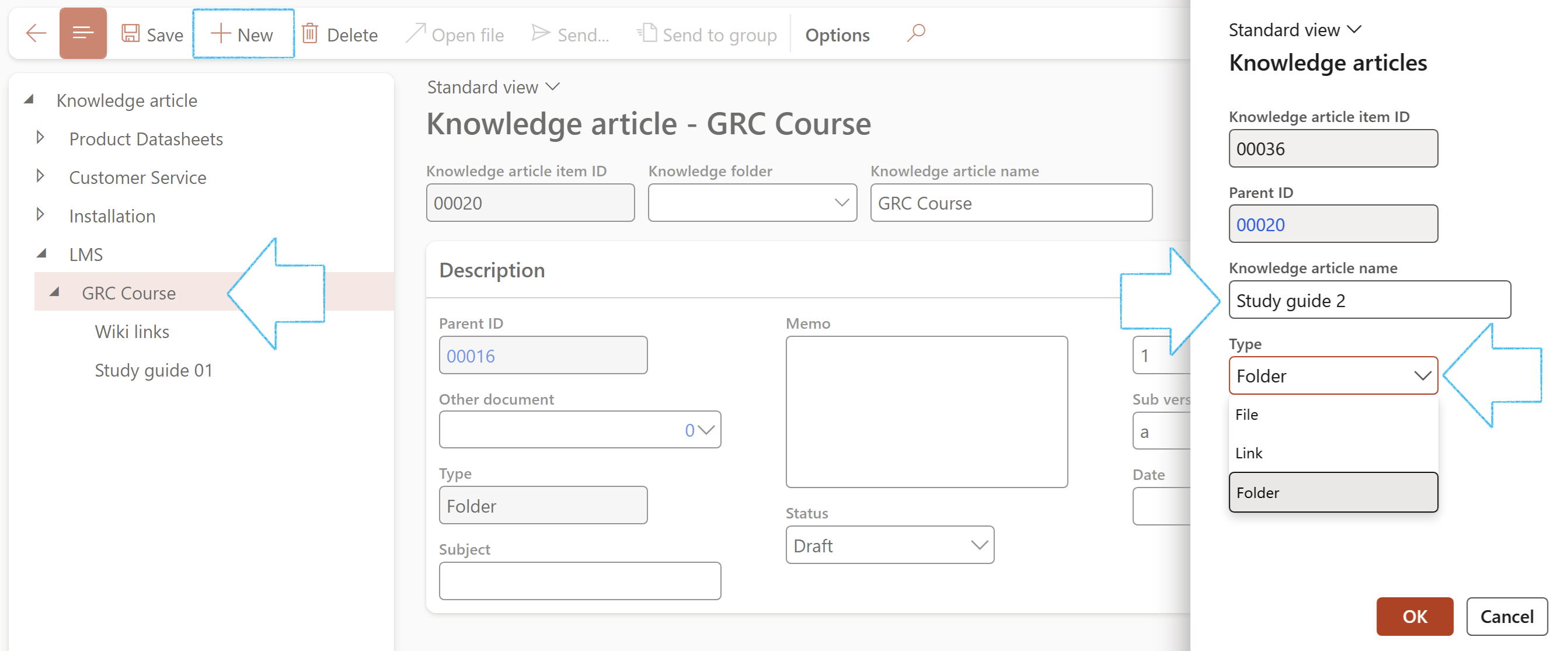
¶ Daily use
The knowledge management feature enables users to collect articles, Internet links, audio/video clips, presentations, graphics, file paths and files from stored locations in a secure, central repository, facilitating ease of navigation and access and categorization based on the needs of the user. These can be previewed each file directly from this interface or open them. The collection of these can then be used to record training progress for every worker.
¶ Step 3: Create a Worker
Go to: Human resources > Workers > Workers
- In the Action pane, click on the New button
- The Hire new worker dialog will open
- Enter the Name of the new worker
- Enter the Surname of the new worker
- In the Personnel action type field, select Hire action from the dropdown list
- Enter a Personnel number for the new worker
- Enter the worker's Employment start date
- Click on the Continue button
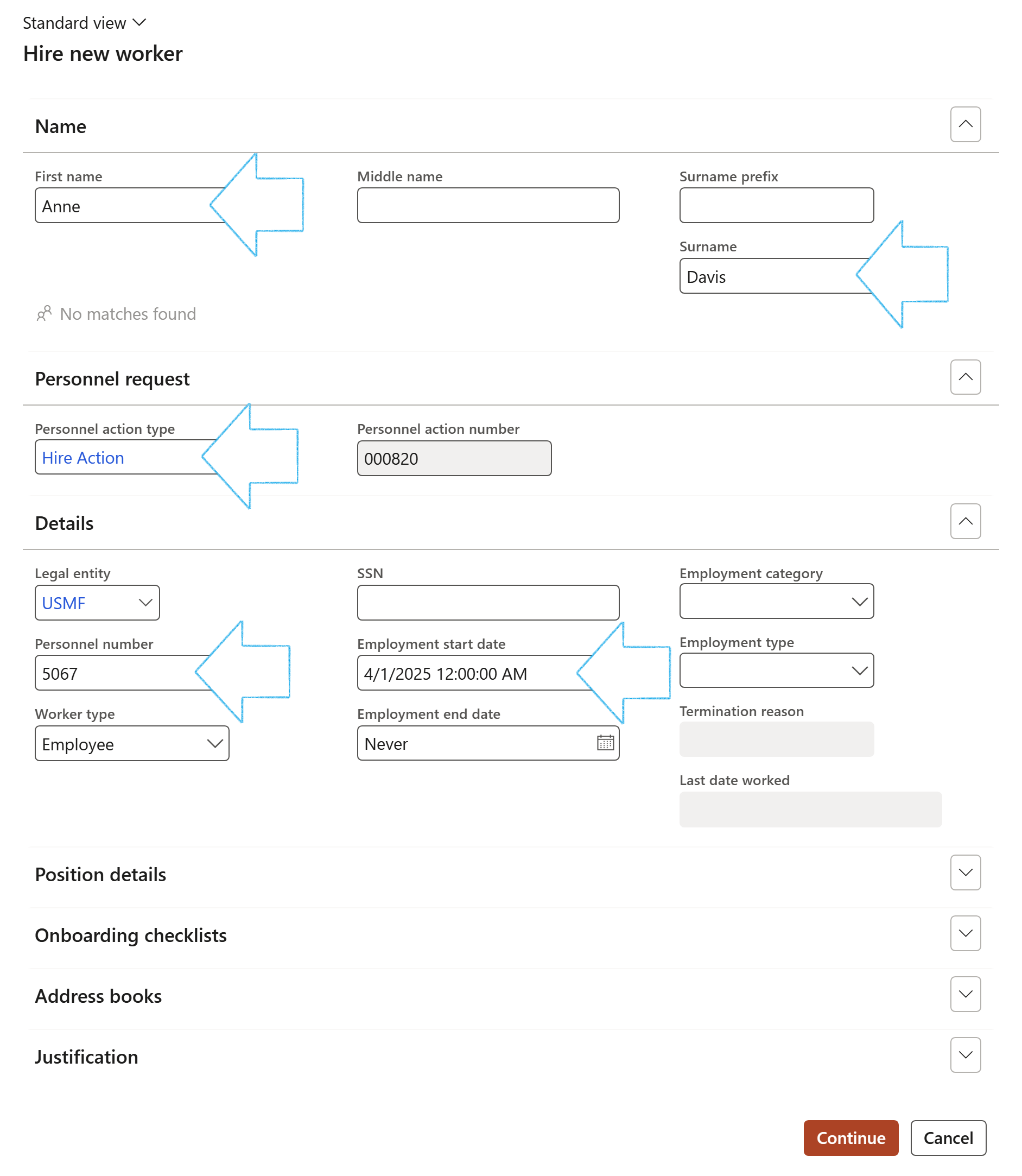
- On the Worker action form, in the Action pane, click on the Complete button
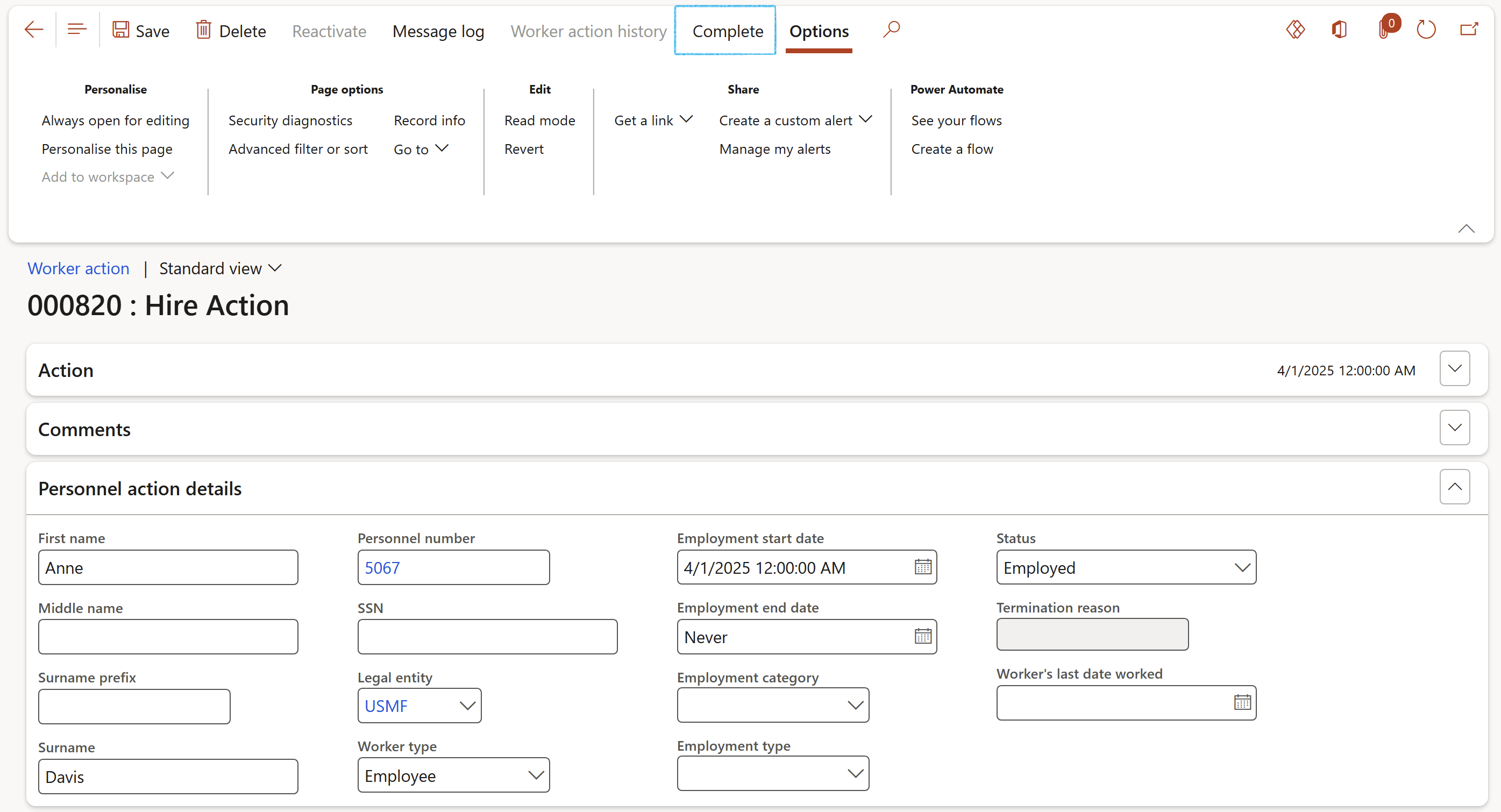
¶ Step 4: Training documents
Go to: Human resources > Workers > Workers
- Select the relevant worker in the list
- On the Worker, expand the Knowledge article Fast tab
- Click on the Add button
- In the Article ID field, select the relevant knowledge article from the dropdown list
For the Article o be available for selection, the Knowledge article type of the article has to be either File or Link
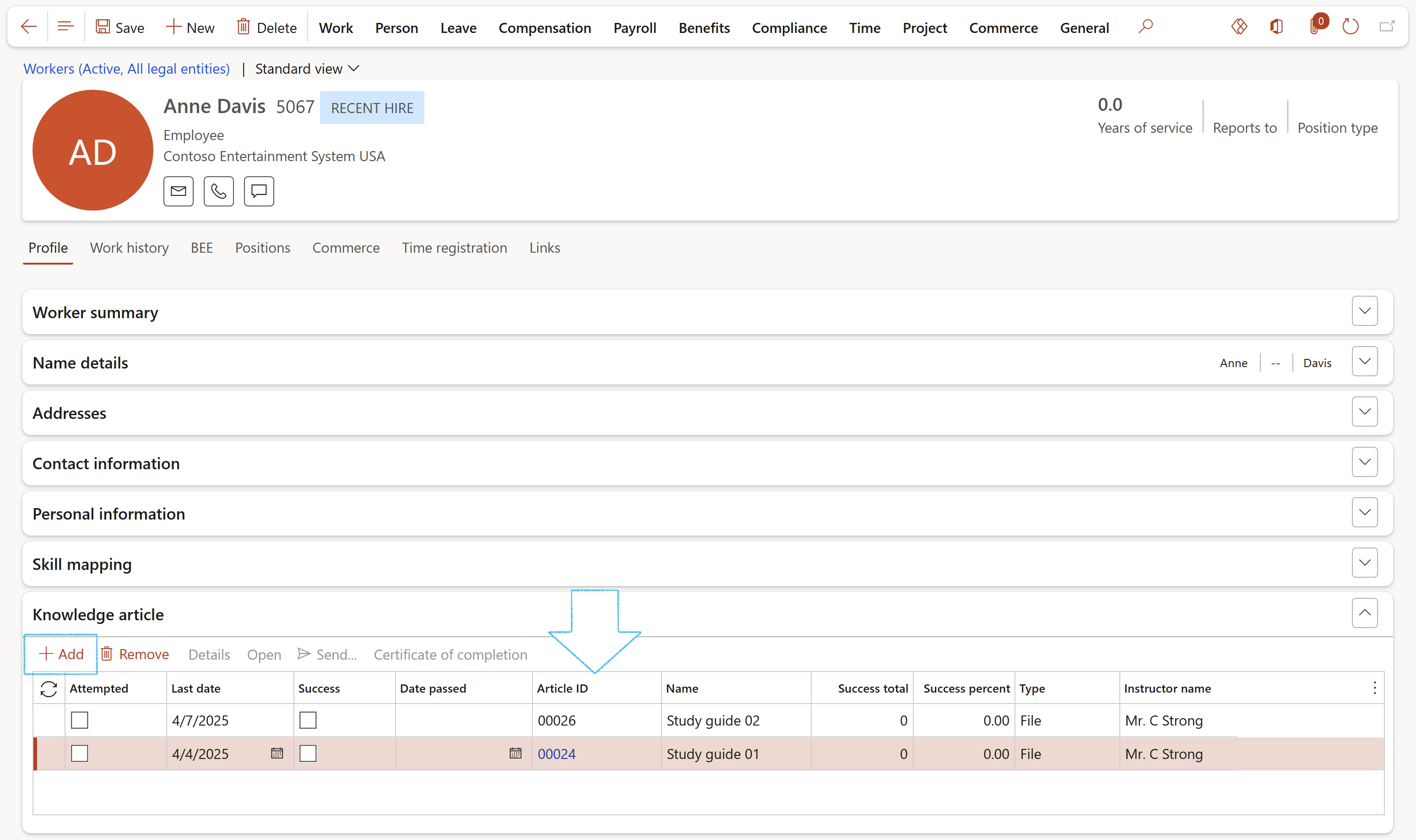
¶ Reporting
¶ Step 5: Certificate of completion
After the worker has successfully passed/completed the Knowledge article item, the Certificate of completion can be printed.
Go to: Human resources > Workers > Workers
- Select the relevant worker in the list
- On the Worker, expand the Knowledge article Fast tab
- Select the record that you want to print the report for
- Click on the Certificate of completion button
